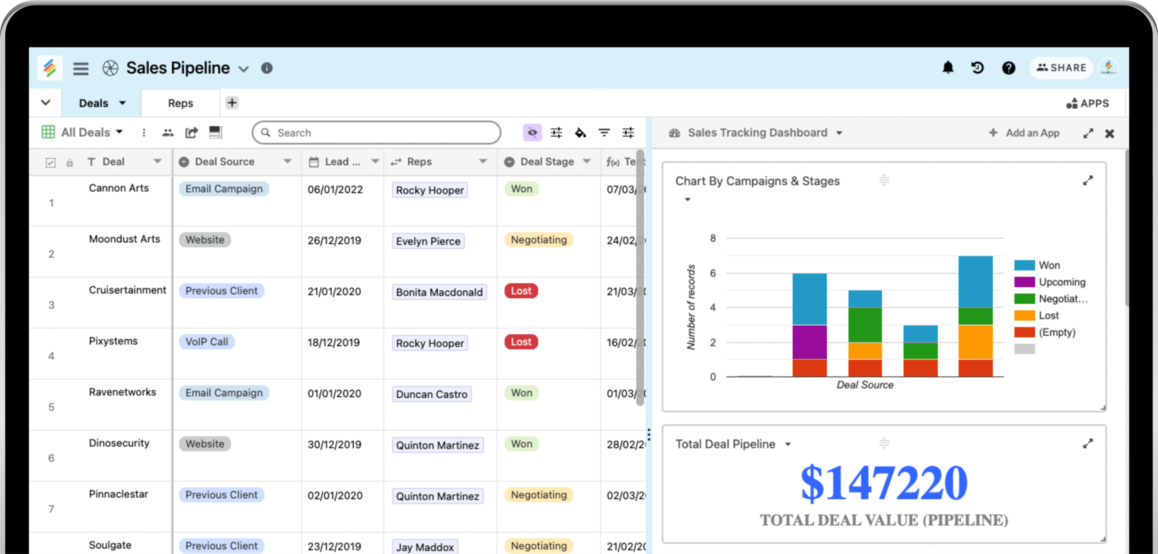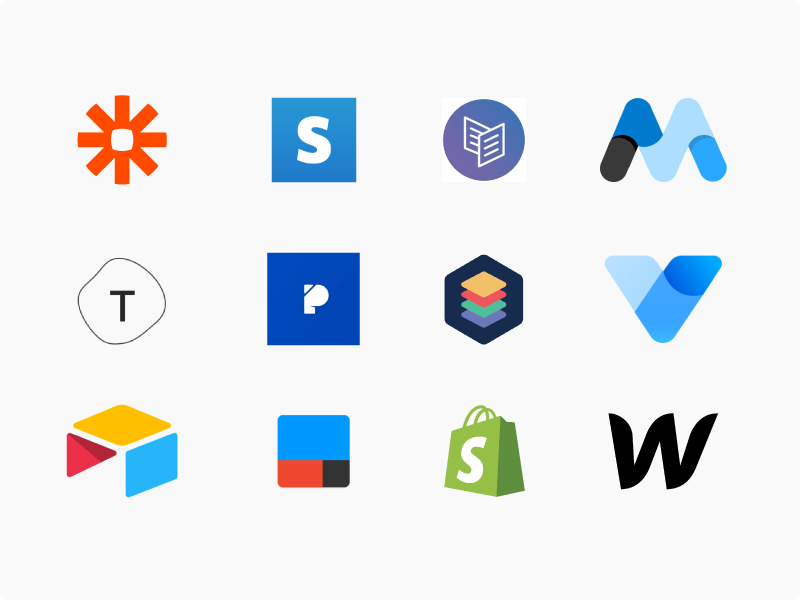No-Code Open Platform Database Development: Encouraging Organizations to Build Faster
No-Code Open Platform Database Development: Encouraging Organizations to Build Faster
Blog Article
A Comprehensive Overview to Carrying Out Scalable Databases Without the Demand for Coding Knowledge
In the contemporary landscape of information administration, the ability to apply scalable data sources without coding expertise is coming to be increasingly necessary for organizations of all sizes. This guide aims to light up the process, concentrating on user-friendly tools and intuitive interfaces that debunk data source arrangement. By checking out essential functions, efficient techniques for implementation, and best practices for ongoing management, we will certainly resolve just how even non-technical users can confidently browse this facility surface. What are the important aspects that can really empower these users to take advantage of scalable databases successfully? The answers may redefine your method to information administration.
Recognizing Scalable Databases
In the world of contemporary information administration, scalable data sources have arised as an important solution for companies seeking to handle raising volumes of info efficiently. These databases are made to fit development by enabling the smooth addition of resources, whether via horizontal scaling (adding extra devices) or upright scaling (upgrading existing devices) This adaptability is important in today's busy electronic landscape, where data is created at an unmatched price.
Scalable databases commonly utilize dispersed architectures, which allow information to be spread throughout multiple nodes. This distribution not just enhances performance however also offers redundancy, making certain data accessibility also in case of hardware failures. Scalability can be a critical factor for various applications, including shopping platforms, social networks networks, and large information analytics, where user demand can change significantly.
Additionally, scalable databases commonly include durable data uniformity models that balance performance and dependability. Organizations needs to consider their details requirements, such as read and compose rates, information integrity, and fault tolerance when selecting a scalable database solution. Eventually, recognizing the underlying concepts of scalable data sources is necessary for organizations intending to prosper in a significantly data-driven world.
Trick Features to Search For
When reviewing scalable data sources, a number of vital features are paramount to ensuring optimum efficiency and dependability. Firstly, consider the architecture of the data source. A distributed architecture can boost scalability by enabling data to be saved throughout multiple nodes, promoting smooth data accessibility and processing as demand rises.
One more critical attribute is data dividing, which allows efficient monitoring of big datasets by dividing them right into smaller, extra convenient pieces (no-code). This approach not only improves efficiency but additionally simplifies source allowance
Additionally, try to find robust duplication abilities. This attribute makes sure data redundancy and high availability, decreasing downtime during maintenance or unexpected failings.
Performance surveillance tools are additionally necessary, as they provide real-time understandings into system health and wellness and functional efficiency, enabling timely changes to maintain ideal efficiency.

User-Friendly Data Source Equipment
Simplicity is an important element in the design of user-friendly data source devices, as it improves availability for users with differing levels of technical know-how. no-code. These tools prioritize user-friendly user interfaces, making it possible for users to produce, take care of, and inquiry data sources without needing extensive programs knowledge
Trick features commonly include drag-and-drop capability, visual information modeling, and pre-built design templates that simplify the setup procedure. Such tools commonly offer assisted tutorials or onboarding procedures that help with customer engagement and minimize the knowing contour. Additionally, seamless combination with popular data resources and solutions ensures that individuals can conveniently import and export data, even more streamlining procedures.

Furthermore, robust assistance and area resources, such as discussion forums and documents, improve the customer experience by supplying support when needed. On the whole, easy to use data source tools empower companies to harness the power of scalable databases, making information management obtainable to everybody entailed.
Step-by-Step Application Overview
How can companies efficiently apply scalable my company databases to satisfy their growing data demands? The process starts with identifying details data demands, consisting of the volume, variety, and rate of data that will be refined. Next, companies must evaluate easy to use data source tools that use scalability features, click now such as cloud-based options or took care of data source solutions.
Once the ideal device is chosen, the following action includes setting up the data source environment. This includes establishing up instances, specifying customer consents, and developing data frameworks that straighten with company purposes. Organizations must after that migrate existing information right into the new system, guaranteeing data stability and marginal disturbance to procedures.
Post-migration, conducting extensive screening is critical; this consists of efficiency screening under various load conditions to ensure the system can deal with future growth - no-code. Additionally, it is essential to educate personnel on the database administration interface to help with seamless usage
Best Practices for Management
Effective management of scalable databases requires a strategic approach that prioritizes ongoing monitoring and optimization. To achieve this, organizations ought to carry out robust tracking tools that offer real-time insights into database efficiency metrics, such as question action times, resource utilization, and transaction throughput. On a regular basis examining these metrics can assist recognize traffic jams and areas for enhancement.

Regular backups and disaster healing strategies are important to safeguard data stability and accessibility. Developing a regular for testing these backups will guarantee a trustworthy recuperation procedure discover this in instance of an unanticipated failure.
Additionally, efficiency tuning must be a continuous procedure. Adjusting indexing methods, optimizing inquiries, and scaling resourcesâEUR" whether up and down or horizontallyâEUR" will assist keep ideal efficiency as usage demands advance.
Lastly, promoting a society of knowledge sharing amongst staff member will certainly make it possible for continuous understanding and adaptation, guaranteeing that the monitoring of scalable data sources continues to be efficient and efficient in time.
Conclusion
Finally, the application of scalable data sources can be efficiently accomplished without coding proficiency via the utilization of instinctive interfaces and easy to use tools. By sticking to the laid out approaches for configuration, data movement, and efficiency screening, people can browse the intricacies of data source administration easily. Stressing ideal techniques for recurring upkeep and cooperation more boosts the capacity to take care of scalable data sources successfully in a swiftly advancing data-driven setting.
In the modern landscape of data administration, the capability to execute scalable databases without coding competence is ending up being progressively necessary for companies of all sizes.In the realm of modern information administration, scalable databases have arised as a crucial remedy for companies seeking to handle increasing quantities of info effectively.Additionally, scalable databases often include durable data consistency versions that stabilize performance and integrity.Exactly how can organizations effectively apply scalable databases to meet their expanding data demands? Next, companies must assess user-friendly data source tools that offer scalability attributes, such as cloud-based services or managed data source services.
Report this page